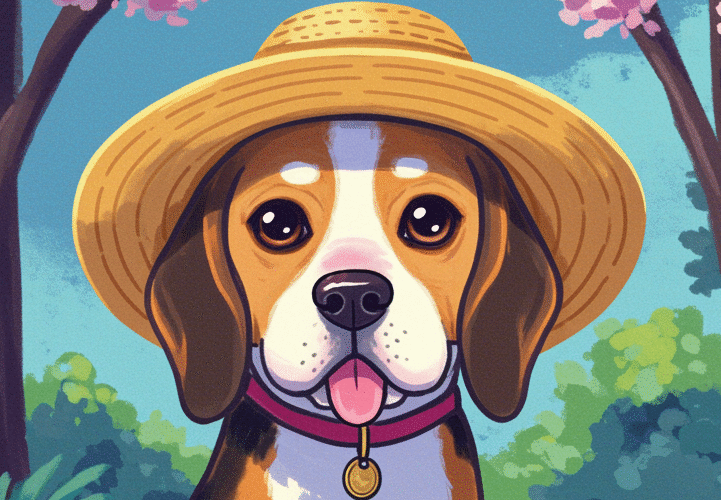If you are considering biting your dog, you should know that there are some very basic training tips that you can follow. Dogs can be taught to bite with their mouths in a variety of ways, from tugging on leashes to slapping your leg. There are two main types of bites: prey bites and defensive bites. The first type of bite uses the full mouth and the latter uses the front of the mouth. Most trainers say that the dog’s grip is weak and he/she is aggressive in defense. The dog may even chew your sleeve when aggressive.
During play, young dogs learn how to control their bites. They play with each other and bite each other all over, occasionally yelping if the other dog bites them too hard. When the other dog yells, it stops playing for a moment, and then both dogs resume the game. Through these training techniques, the dog learns to control the intensity of its bites. This can be helpful in preventing future incidents of dog bites.
The time-out procedure is another useful tool to curb mouthy behavior in dogs. When the dog is mouthing your hand, yell and stop the game. Repeat this procedure for as long as needed until your dog stops mouthing you or does it without your permission. A few days later, your dog will probably learn not to mouth you or anyone else. But, before you can use this training technique, you should ensure that your dog has the proper mentality to control its mouthy behaviour.
First of all, remember that dogs are social creatures and learning this behavior is crucial for preventing a potential phobia from developing. Try to make every encounter between your dog and a stranger as pleasant as possible. A clumsy and excited dog might startle and bite your legs and body. This is a common reason why most people make the mistake of ignoring their dog during the first encounter. If you’re looking to avoid dog bites, it’s imperative to pay close attention to his behavior and correct it as soon as possible.
If you’re looking for some tips on how to stop your dog from biting people, you should consider consulting a qualified professional. These individuals can be Certified Professional Dog Trainers, Board Certified Veterinary Behaviorists, or Certified Applied Animal Behaviorists. These professionals have extensive training and experience in dealing with aggression in dogs. If you have an aggressive dog, it’s best to see a qualified professional to get the proper dog bite training tips.
Socialization is one of the best ways to prevent your dog from biting other people. This process starts when your dog is young and helps him or her become more comfortable in different situations later on. You should also use a leash when taking your dog out in public and always carry a leash. Responsible pet ownership also helps build a strong foundation for dog bite prevention. Responsible pet ownership includes regular exercise, neutering or spaying, and proper training for your dog.








